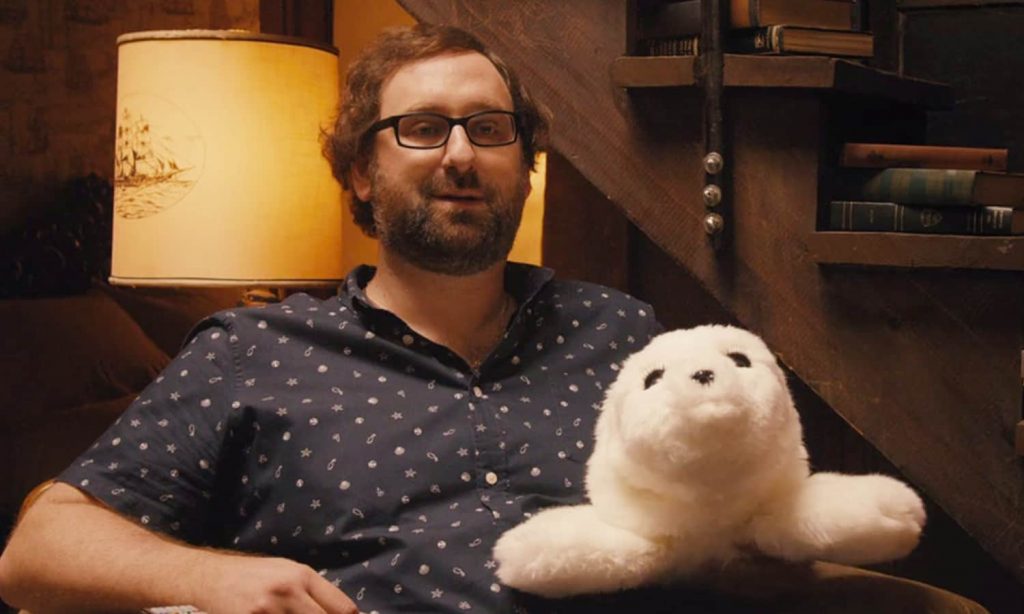Pets undeniably enhance our quality of life at home, but some of us can’t keep pets for a number of reasons.
Severe allergies, difficult landlords, and an inability to provide care for a pet are all reasons why some avoid adopting a dog or cat.
But a new kind of furry friend may allow those who’d like the fluffy companionship of a pet the chance to experience the love and affection, without the sneezing or overwhelming responsibility.
Robo-pets are fast gaining popularity with people who seek the companionship of a pet, but can’t necessarily keep IRL animals at home. They’re cute, fluffy and have little personalities like real pets, but make no mess and are far easier to look after.
Furthermore, robotic pets are thought to possess a number of benefits to their owners, as new research from UNSW would indicate.
“Robotic pets can be low maintenance, sterile, hypoallergenic and cannot catch or pass on disease. They work for those who would like a companion, but cannot be in contact with a live animal, or cannot care for one,” says Belinda Dunstan, a human-machine interaction lecturer at UNSW Built Environment.
While some may doubt the quality of the connections humans can make to inanimate objects, Dr Dunstand says it’s actually quite normal for us to connect with our technology, and that many of us are already doing it — research has found 80% of robot vacuum owners have named their devices.
“It’s quite natural for us to form attachments to embodied objects, and particularly ones that exhibit some sense of sentience,” she says in a press release.
“We have a spectrum of care-based relationships and connections: friends, lovers, pets, colleagues, neighbours, houseplants – people even name their sourdough yeast starters. I see robotic pets as fitting into that spectrum and just being another avenue for humans to exhibit care and connection.”
Okay, I feel seen. My sourdough starter is called Bread Pitt.
As for the benefits of robo-pets? Well, turns out there are plenty. Social robotics researchers have found robo-pets can be beneficial to those who suffer from animal-related anxieties, and make for highly effective companions to dementia sufferers.
PARO, a robotic seal (pictured above), has been popularly used for animal therapy with dementia patients. The cute-as-a-button seal moves his eyes, eyelashes and can sense and respond positively to petting. He costs around $6,000 USD, and if he looks familiar, it’s because he featured in an episode of Netflix’s Master of None.
Robo-pets like these have been likened by experts to Tamagotchis for their ability to simulate relationship building and encourage compassion and care.
“You have this care responsibility with the Tamagotchi that is key in building that relationship… that is something that is potentially [amplified] with an embodied object like a robotic companion animal,” says Scott Brown, assistive technology lead at the Creative Robotics Lab, UNSW Art & Design.
So, will robo-pets ever overtake real ones? The answer to that question is no. While robotic pets are suitable for some, they’re unlikely to replace real pets on a more general level. Robotic animals are very expensive, not to mention there are plenty of real animals that need adopting by willing homes.
“Rather than thinking of robotic pets as a poor replacement for a dog, we should broaden our ideas about the types of human relationships that we have, all of which are beneficial, and none of which substitute the other,” Dr Dunstan says.
“I’m really optimistic about any form of connection, expressions-of-care opportunities for relationships and varied kinds of caring relationships. I think those are always positive for humans.
“Particularly if social isolation is something that continues, or is more common in the future, I think any opportunity for caregiving is very valuable. We’ve seen this year in particular just how essential it really is.”







